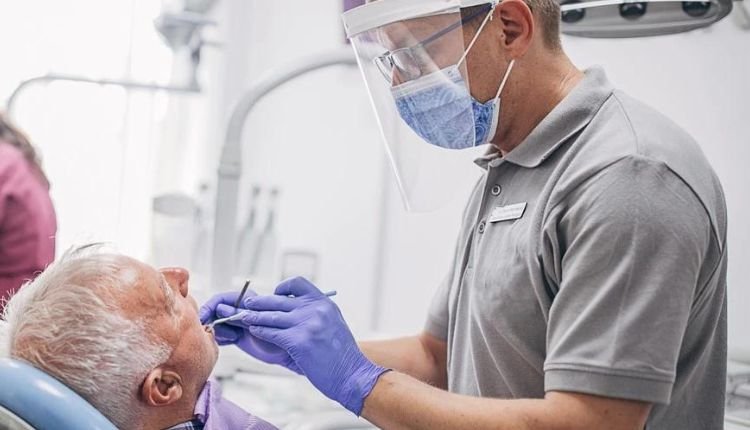Imagine you’re standing in a dental clinic and you’re staring at a poster advertising dental crowns new york when you notice your reflection. Suddenly, you’re not thinking about the aesthetics of your teeth anymore. You’re thinking about oral diseases. How do they start? Could you be at risk? The question of how general dentists diagnose oral diseases starts to gnaw at you. Let me walk you through it.
Oral Examination is Key
The journey to diagnosing oral diseases begins with a thorough oral examination. Like a detective on a case, the dentist carefully inspects each tooth, the gums, and the surrounding tissues. They’re looking for anything out of the ordinary–swelling, discoloration, or abnormal growths.
X-Rays Uncover Hidden Clues
What if the issue is not visible to the naked eye? That’s where dental X-rays come in. These images provide a detailed look at the structures of the mouth. They reveal any anomalies lurking beneath the surface–tooth decay, bone loss, or even tumors.
Early Detection and Treatment
Early detection is crucial in combating oral diseases. The sooner the problem is identified, the better the chances of successful treatment. The dentist devises a treatment plan tailored to your specific condition. This could be anything from dental fillings for cavities to dental crowns for damaged teeth.
Prevention is Better Than Cure
Yes, dentists diagnose and treat oral diseases. But their most important role is in prevention. Regular dental check-ups are your best defense against oral diseases. They help catch any issues before they become major problems. Good oral hygiene habits—like brushing twice a day and flossing—are also vital.
So the next time you’re standing in front of that dental crowns poster, remember this: your oral health is more than just a pretty smile. It’s a reflection of your overall well-being. And with the right care, you can keep those pearly whites shining bright.


Comments are closed.